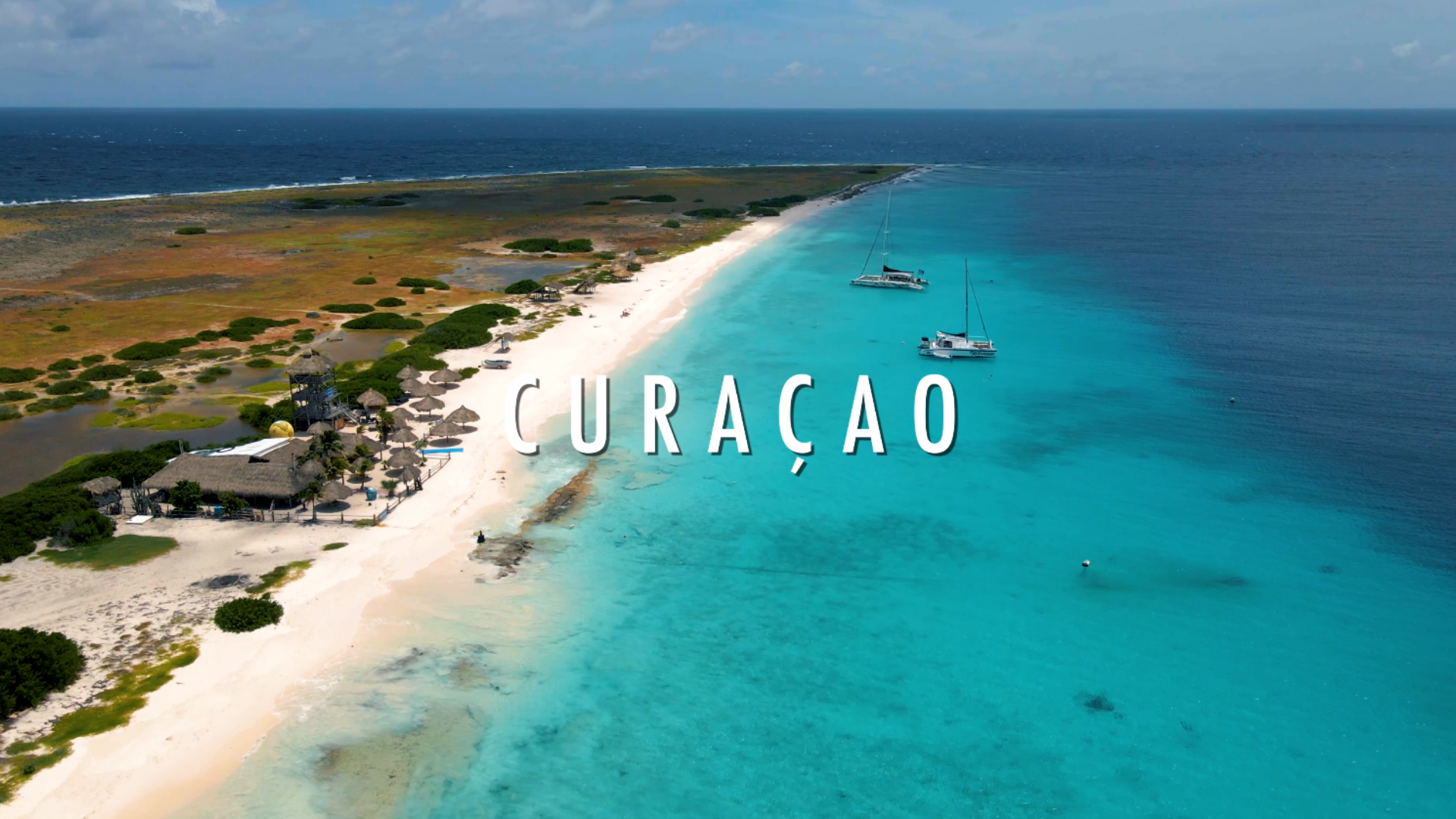WOW!
Dutch Caribbean Islands
as you have never
seen them before
A film about the nature of the Caribbean Islands of the
Kingdom of the Netherlands from the makers of The New Wilderness
The islands

Aruba
has a tropical steppe climate. 24,3% of Aruba is classified as a protected nature area and it is home to many species of flora and fauna. In the National Park, the beautiful Caribbean white sand beaches give way to rugged desert land, towering green cacti and limestone cliffs, pounded smooth by waves and trade winds. Aruba is home to four species of sea turtles. The Shoco is a subspecies of the burrowing owl and the cascabel (rattlesnake) is an endemic species unique to Aruba.
108.166 (2020) inhabitants
180 km2
Bonaire
consists of rocks of sedimentary and volcanic origin. The salt lakes have been formed as a result of sea level changes, they have an important function because they provide for the collection and filtration of (rain) water. Bonaire has four internationally recognized wetland areas and Bonaire’s coral reef consists of approximately 60 species of coral. Bonaire is surrounded by one of the world’s most beautiful fringing coral reefs. Bonaire has one of the largest breeding populations of American flamingos (also referred to as Caribbean flamingos)
26.300 (January 2021)
288 km2


Curaçao
has a volcanic core, with a hilly and semi-arid landscape and is surrounded by fossil coral reefs . The size and variety of habitats give Curaçao the greatest diversity of wildlife of all the Dutch islands. The native vegetation consists of over 450 species, with evergreen species found on the limestone formation, large trees in the seasonal gullies and rare species on the higher hills. The Kibrahacha (Handroanthus billbergii) is one of the most famous trees, coloring the island yellow after first rain. The near-pristine coral reefs at Oostpunt and Klein Curaçao are unique for the Caribbean region. About 350 species of fish live in the sea around the island.
149,679 (2011) inhabitants
444 km2
Saba


St. Maarten
is known for the fact that the island is divided in two into a French and a Dutch part. Physically, the western end is an atoll of low land surrounding a lagoon, while the eastern end is a series of conical hills. The island has white sand beaches and numerous coves and lagoons. Due to the dry climate on Sint Maarten, the variety of flora is limited and falls just on the border of a tropical monsoon climate or the drier tropical savanna climate. The island has more than five hundred different plant species.
43,847 (2020) inhabitants on the Dutch side of the island
34 km2
St. Eustatius
consists of a dormant volcano in the southeast of the island with a height of 601 meters. Sint Eustatius has a tropical monsoon climate and is prone to hurricanes. The Statia Morning Glory plant, a plant species from the bindweed family, is endemic to the island and very rare and the island’s national flower. Sint Eustatius is located on the migration route of humpback whales. The beach “Zeelandia” is a protected area for sea turtles.
3193 (2016) inhabitants
27.5 km2

